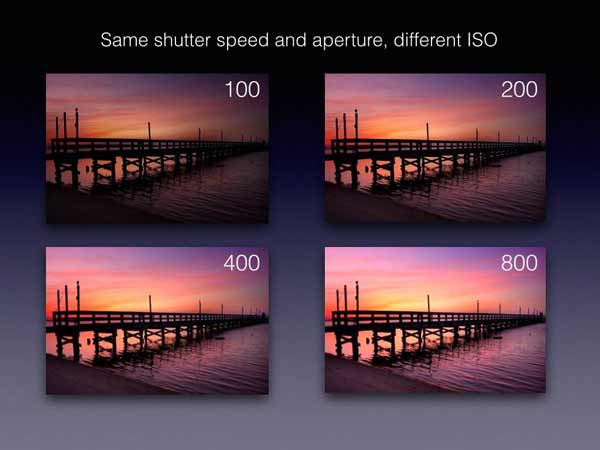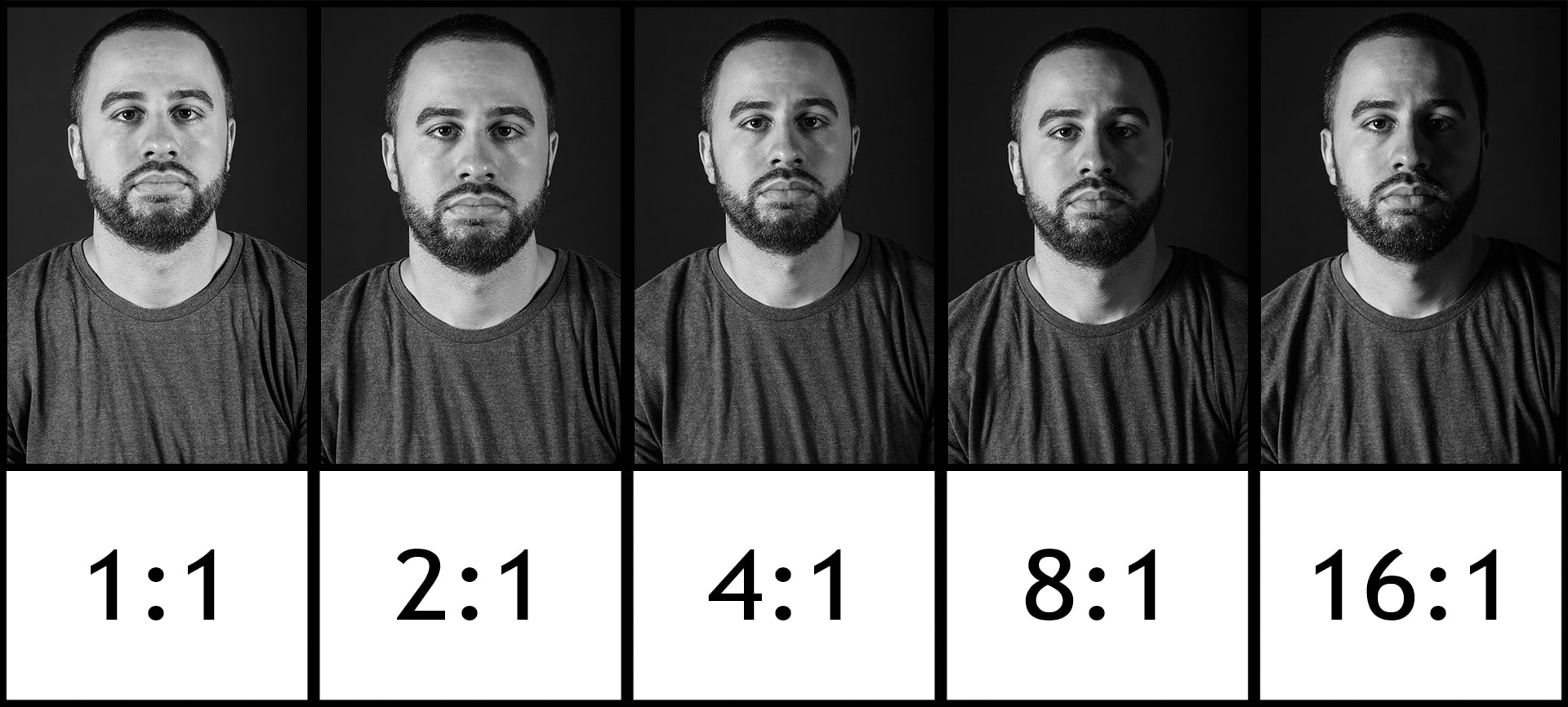What is ISO photography? It represents a crucial yet often misunderstood concept. Whether you're using our ORWO photo films or exploring other options, understanding what ISO is in photography is vital for capturing your artistic vision.
At Orwo Shop, we believe mastering what is ISO film photography unlocks the full potential of analogue photography. This guide will transform your understanding of ISO film and film speed, helping you make informed decisions about photo films.
Understanding What is ISO in Photography

What is ISO in photography? ISO stands for International Organisation for Standardisation, the body that set global standards for measuring light sensitivity. In what is ISO film photography, 'ISO' refers to the film's inherent sensitivity to light.
The ISO film speed system replaced earlier standards like ASA and DIN. This standardisation created a unified global system that photographers worldwide could rely on when working with photo films.
Film ISO differs from digital ISO because the sensitivity is built into the film's chemical structure. Unlike digital cameras, where you can adjust ISO settings, what is ISO film photography requires selecting the right film stock from various photo films.
The Science Behind ISO Film Speed in Photo Films

The light triggers chemical reactions in silver halide crystals in photofilms. What is ISO film photography speed measures how quickly these crystals respond to light. Higher ISO values contain larger silver halide crystals that react more readily to light.
Modern film manufacturers have refined these emulsions to balance sensitivity and quality. Our WOLFEN photo films maintain sharpness while providing reliable performance across various conditions.
The relationship between ISO film speed and grain structure creates the distinctive aesthetic in photo films. This organic texture can't be authentically replicated digitally, making what is ISO film photography increasingly valuable.
Common ISO Values and Their Applications in Photo Films

Understanding what ISO is in photography becomes practical when you know which values suit different scenarios with photo films. Here's a breakdown:
ISO 100-200: The Foundation Speeds for Photo Films
ISO 100 is the gold standard for what is ISO film photography. Photo films at this speed produce minimal grain and maximum detail resolution, making them ideal for landscape photography. Many photographers consider ISO 100 their default choice for outdoor shooting with photo films.
ISO 200 offers slightly more flexibility while maintaining excellent image quality. This speed works particularly well for portrait photography in natural light, providing enough sensitivity for quality photo films.
ISO 400: The Versatile Workhorse in Photo Films
What does ISO do to your photos? ISO 400 handles diverse lighting conditions effectively, from outdoor scenes to well-lit interiors. Professional photographers often choose ISO 400 as their go-to film because it balances sensitivity with grain levels in photo films.
At Orwo Shop, we've observed that ISO 400 photo films remain our most popular choice among both amateurs and professionals. This speed provides enough latitude while maintaining the crisp detail that what is ISO film photography is renowned for.
ISO 800-1600: Low Light Solutions for Photo Films
What does ISO do to your photos in low light? ISO 800 and ISO 1600 photo films excel in challenging lighting conditions. These speeds enable handheld photography in dimly lit environments.
ISO 1600 particularly shines for concert photography and indoor events where flash photography is undesirable. The increased grain contributes to the atmospheric quality that what is ISO film photography enthusiasts appreciate.
Film Photography vs Digital Photography: ISO Differences

What is ISO film photography compared to digital photography? It reveals fundamental differences. In what is ISO film photography, ISO is physically embedded in the emulsion during the manufacturing of photo films. Digital cameras simulate this by amplifying electrical signals.
Photo films produce organic, randomised grain patterns, while digital noise appears more electronic. Film grain often enhances image texture, particularly in black and white photo films.
Selecting the Right ISO for Your Photo Films

Choosing the right ISO film speed requires considering several factors. Environmental factors and artistic goals all influence optimal film ISO selection for photo films.
Lighting assessment forms the foundation of film ISO selection. Bright, consistent lighting permits lower ISO speeds for maximum image quality with photo films. Variable or dim lighting conditions necessitate higher speeds to maintain adequate shutter speeds.
Movement considerations significantly impact ISO choice for photo films. Photographing moving subjects or shooting handheld requires faster ISO film speed. Stationary subjects photographed from tripods allow slower photo films even in moderate lighting.
The ORWO Advantage: Premium Photo Films
At Orwo Shop, we specialise in high-quality photo films that honour the medium's rich heritage. Our WOLFEN film range exemplifies the perfect balance between classic film aesthetics and contemporary reliability in photo films.
Our photo films undergo rigorous quality control. Whether you're shooting our WOLFEN NC500 or exploring our WOLFEN UN54 options, understanding what ISO is in photography helps maximise their potential.
Advanced ISO Techniques for Photo Films
Professional film photographers employ various techniques to optimise ISO film speed performance. These methods help extract maximum quality from your chosen photo films while maintaining creative control.
Push processing allows photographers to expose photo films at higher speeds than rated. This technique proves valuable when shooting ISO 400 film as if it were ISO 800, demonstrating what does ISO do to your photos in challenging conditions.
Pull processing works conversely, exposing photo films at slower speeds. This approach can enhance tonal gradation and reduce contrast in high-brightness situations.
The Exposure Triangle in Photo Films

Understanding what is ISO in photography requires grasping its relationship with aperture and shutter speed. These three elements work together to control overall image exposure in photo films.
Are ISO and aperture the same? No, aperture controls depth of field alongside light transmission. Wider apertures (lower f-numbers) allow more light. This relationship with ISO film speed determines whether you can achieve the desired depth of field with photo films.
Shutter speed governs motion representation. Fast shutter speeds freeze action, potentially requiring higher ISO photo films. Slow shutter speeds capture motion blur but may necessitate tripod use.
Photo Films in Different Lighting Scenarios

Daylight photography with ISO 100-200 photo films produces exceptional results in bright conditions. These slower photo films capture maximum detail and colour saturation while maintaining grain structure.
Golden hour photography often benefits from ISO 400 photo films, which provide adequate sensitivity. This speed maintains excellent image quality while accommodating the reduced light levels.
Indoor natural light photography frequently requires ISO 400-800 photo films. Window light, though beautiful, is often insufficient for slower photo films.
Film Storage and ISO Performance
Proper film storage significantly impacts ISO film speed performance and overall image quality of photo films. Heat and radiation exposure can alter film sensitivity over time, potentially affecting the reliability of your photo films.
Temperature control maintains consistent ISO film performance. We recommend storing unused photo films in refrigerated conditions, particularly for professional applications.
Humidity management prevents emulsion changes that could affect ISO film speed behaviour in photo films. Sealed containers with desiccant packets provide excellent protection for long-term storage.
Post-Processing and ISO Film Speed
Photo film processing techniques can significantly influence how ISO film speed translates. Understanding these relationships helps optimise your workflow with photo films.
Development time adjustments can modify the ISO film performance in photo films. Extending development increases effective film speed. Reducing development time can lower effective speed while maintaining a finer grain structure.
Chemistry selection influences grain structure and tonal characteristics in photo films. Different developer formulations can emphasise or minimise the inherent characteristics.
Mastering ISO for Exceptional Photo Films
Understanding what is ISO photography transforms your approach to photo films. Whether you're selecting from our film collection or exploring other manufacturers' offerings, what is ISO in photography knowledge forms the foundation of successful photography.
ISO film speed selection directly impacts your creative vision, influencing everything from grain texture to shooting possibilities with photo films. By mastering these concepts, you'll develop an intuitive understanding of how different photo films respond.
Visit our film shop at Orwo Shop to explore our complete range of WOLFEN photo films. Our carefully curated selection ensures you have access to reliable, high-quality photo films that perform consistently across all ISO ranges.
Frequently Asked Questions

What is ISO film photography, and how does it differ from digital?
What ISO film photography is all about is how sensitive photo films are to light. Unlike digital ISO, what is ISO film photography is actually about is the size of silver halide crystals, and that's what affects how sensitive photo films are to light. When you shoot with photo films, you get natural grain patterns.
What does ISO do to your photos in film photography?
What does ISO do to your photos in film photography? ISO affects how your photographic films respond to light. A higher ISO lets you shoot in darker settings, but it also makes the grain more noticeable in photo films. Lower ISOs need more light, but they give you sharper details.
Are ISO and aperture the same in photography?
Are ISO and aperture the same in photography? No, ISO and aperture are not the same. This is a common misconception. ISO and aperture do different jobs in photography. What is ISO? In photography, it controls how sensitive your camera is to light, while aperture handles how much light actually gets in. Aperture also impacts how blurry or sharp the background is.
What ISO film speed should I use for different lighting conditions?
For bright sunlight and studio shooting, use ISO 100-200 photo films. On overcast days or when working with indoor natural light, ISO 400 photo films are a better bet. And if you're shooting in low light or in the evening, ISO 800-1600 photo films are the way to go. When choosing your ISO, think about your style and whether you're using a tripod.
How do I choose between different ISO film speeds for beginners?
ISO 400 photo films can take different lighting conditions in stride and still deliver good image quality. Once you get comfortable with it, you can experiment with ISO 100 for bright scenes or ISO 800 photo films in low light.


